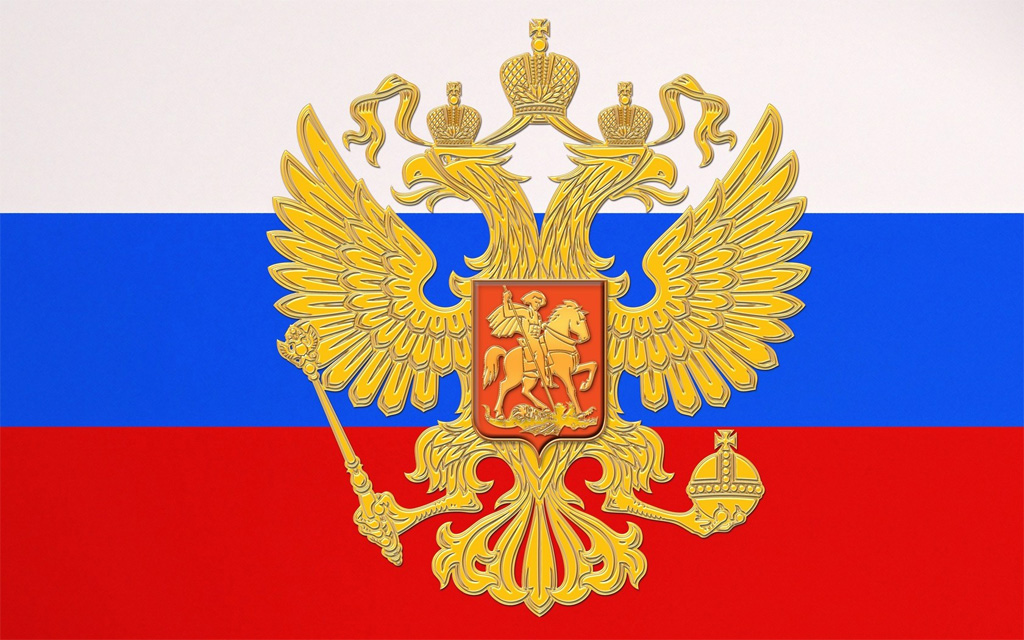China and the United States … A struggle for power

Benaicha Mohamed EL Amine
The study of the -American – Chinese relations is particularly important in the current phase, which will lead the final outcome of their interactions to shaping the world order in the century atheist century, and is due to the relative weight of the great of both the United States and China in terms of the elements of power, and the availability of the desire and political will both to act as a global, the United States as a superpower, so far, you want to keep this privileged position enjoyed by the rest of other major powers in the world to the longest possible time, and China weigh demographic, political, economic and military growing steadily, trying to reach the rank superpower capable of influencing the movement of global interactions in the Horn of atheist twenty (). and say, “Samuel Huntington,” that in the sixties, China was an ally of the ٳthad Soviet, then there estrangement between them and China has become the leader of the third world, after China has participated in a game of balance of power between the forces Great time, allied with the United States of America in the seventies, then moved with PCs equipped with the role of balancer in the eighties, and then forced China PCs equipped with change ٳastratjitha in line with the new international situation, where I started focusing on the culture and civilization lost and sought to make itself the dominant power in Asia ().
Perhaps the most important of expressing this, “Zbigniew Brzezinski”, where it treated China in Asia, which he considered the continent’s critical with respect to province, the United States to put superior world, as He said, “Brzezinski” China of the players Djiostrategeyn, and then they can challenge the U.S. in region and the world, and it was not limited to the change of the right of the international system and power relations in it, and it was accompanied by a qualitative development in a number of Chinese policies of local, regional and international, that relate to issues of vital importance to U.S. policy, and seemed such policies in programs China on trade in missile and nuclear technology, and China’s military modernization programs and purchases of arms, and regional disputes in the China Sea, and then rising trade surplus with the United States of America (4).
China’s smart power.
The rise of China is the most complex of all the challenges facing the United States since it became
A major player in the policies of major powers, unlike Nazi Germany or the Soviet Union, China has no ideology worldwide, and does not seem to have ambitions of expansive regional, it’s a different kind of power, they often employ Western norms, Vnmoha is growing thanks to a market economy , and had started in the effective integration in international institutions such as the World Trade, and play a prominent role at the United Nations, for some, this policy is a means of camouflage followed by China to prevent other countries from the fear of the rise, and for others it is a positive sign, and as a result remains a doubt and uncertainty surrounding the board of China (5).
With regard to the rise of China and its impact on the interests of the United States of America, those Alٳdarh American series of questions including: ٳma China became a superpower, can threaten U.S. interests, you could run this superpower emerging?, You will be China more democratic (and PCs equipped with what extent should United States of America that you upgrade democracy in China). (6).
As Henry Kissinger (Henry Kissinger) says with regard to American relations – Chinese – Soviet formerly a private in terms of geopolitical and the issue of balance between them “balance was ٳsm of the game, we did not want to engage China in a confrontation with Alٳthad Soviet, but we agree to be curbing the ambitions of geopolitical ٳthad the USSR, we agree on the need ٳbtal and geopolitical ambitions ٳhbat, but we had the right to Alٳnkrat Alٳediologi in the conflict “, and that is the United States sought to develop relations with other powers, China was the most important in Asia (7)
This situation of uncertainty with regard to the fact that China’s rise and its impact on U.S. interests, led to a multiplicity of strategic visions about the form that it should be this relationship, and these perceptions can be grouped in three main directions, namely:
-1 Conflictual direction: the proponents of this emerging trend is that China will turn into an aggressive force, and will lead to the destabilization of “stability” of Asia, and challenge vital U.S. interests in, and then what is required is that the United States strengthen its alliance with the countries surrounding China, Alٳnchar and increase the U.S. military in Asia.
The proponents of this trend confirms that China will seek to achieve a long list of expansionist political ambitions at the expense of the United States regionally and internationally, and that the United States should make every effort to weaken China and prevent it from reaching to the status of superpower.
-2 Direction Cooperative: recognizing the owners of this trend is the steady growth of the power of the Chinese, but they see that China’s intentions will remain flexible, and that the adoption is prior to the idea that China would be hostile, that would make it really effective, “says Henry Kissinger”: “If we have been maintain that China is our enemy the next, you’ll turn it into an enemy already, and will be of our own making. ” ,
And then the proponents of this trend is that a cooperative relationship with China – we can say that the roots of this back Alٳtgah PCs equipped with traditions established by the diplomatic “ping-pong,” which began in 1972, the time of former U.S. President Richard Nixon – will check Alٳstratejah U.S. interests in Asia, They will also provide the stability that American business can participate in the modernization of China’s economy is huge .
-3 Direction of the compromise: and does this trend on the basis that the debate on the conflict and cooperation, ignores the possibility of the direction of the center of these relationships, so turn this trend to the introduction of some of what came in both directions ex.
For the United States in its dealings with China, to take care of that sense of China as a superpower, and that by recognizing the importance of China and the need for participation in the issue of arms control, and recognition of its role in the control system techniques rockets (and is an agreement signed by 28 countries to monitor the special techniques components of missiles, and has joined Russia to it, but China refused to join, preferring to control the rules that the system works through), but the United States in exchange for this to explain to China in the case seeking to recover Taiwan by force, for example, that it will confront the strategy of deterrence, the mainly to contain Chinese influence, and impede China’s accession to the international economic institutions, and other (29).
These trends and the three framework which defines the strategy to deal with the various departments of America China, which ranged between dealing with her partner and sometimes rival at other times in all regions of the intersection where U.S. and Chinese interests, including the Regional Office for South Asia.
Chinese chessboard.
In this regional system that China seeks to dominate it and extend its influence, the United States has vital interests, and has strategic relationships with most of the states, especially with India and Pakistan, as U.S. is trying to exploit these relationships to reduce the effectiveness of China’s role there, and besieged the growing influence of her , in the context of the global U.S. strategy, aimed at preventing the emergence of China pole competitor to the United States at the regional and global levels.
despite it owns the United States influence in the regional system for South Asia, thanks to its military presence in Afghanistan, Japan, and the arrival of its relations with India and Pakistan to the higher levels, but that does not mean that the American strategy of penetration in South Asia, and weaken China’s role there and try to make the Asian region a lock strategically to meet any project that Chinese or Russian expansion in the region and trying to control the most important area of the chessboard major talked about “Zpeggynao Brzezinski,” going successfully and without the presence of obstacles, but it is facing complex challenges that stem from the complexity and dynamic interactions of the Regional Office for South Asia, and flexibility that has become characterized relations states the system to each other, or with other forces outside the system, where are these countries are trying to take advantage of each other to the maximum degree, despite including the date of Nzai long, and the exploitation of a need for major powers with strategic interests in South Asia to get as much of the gains.
References
1 – Ben Aisha Mohammed Amin, China’s role in the geopolitical map of Asia 1990-2010.Memorandum for the Bachelor, Faculty of Political Science and Media .2010 branch of international relations.University of Algiers 03.
2 – Mohammed Abu Saad column, “US-China relations.”International politics, thenumber of 145. July 2001, p .96.
2)-Samuel P. Huntington, el choque de civilizacciones y la reconfiguración del orden mundial, Traducción: José Pedro TosausAbadíal (Buenos aires: Impreso en Verlap SA, 2001). P.162.
3 -) Mr. Amin Shalaby, “Is China’s rise a threat to the United States?”. International Policy, Number 165, July 2006. P .29.
4 -) Francis Fukyama and G. John Ikenberry, The Princeton project on national security: report of the “working group on grand strategic choices, (Princeton University, September 2005). P.15.
5 -) CHRISTOPHER LAYNE, “china’s role in american grand strategy: partner, regional power, or great power rival?” P. 02 20/03/2010 at 23:50 in www.omu.se/serum/publikationer/pdfs/nsb_1_00_6_1.pdf
6) Klaus Dodds, geopolitics a very short introduction, (Great Britain: Oxford University Press, 2007). Pp.38-39.
7.Walid Salim Abdul Hai, China’s future status in the international system 1978-2010, Abu Dhabi,.Emirates Center for Strategic Studies and Research, 2000. P .149.




